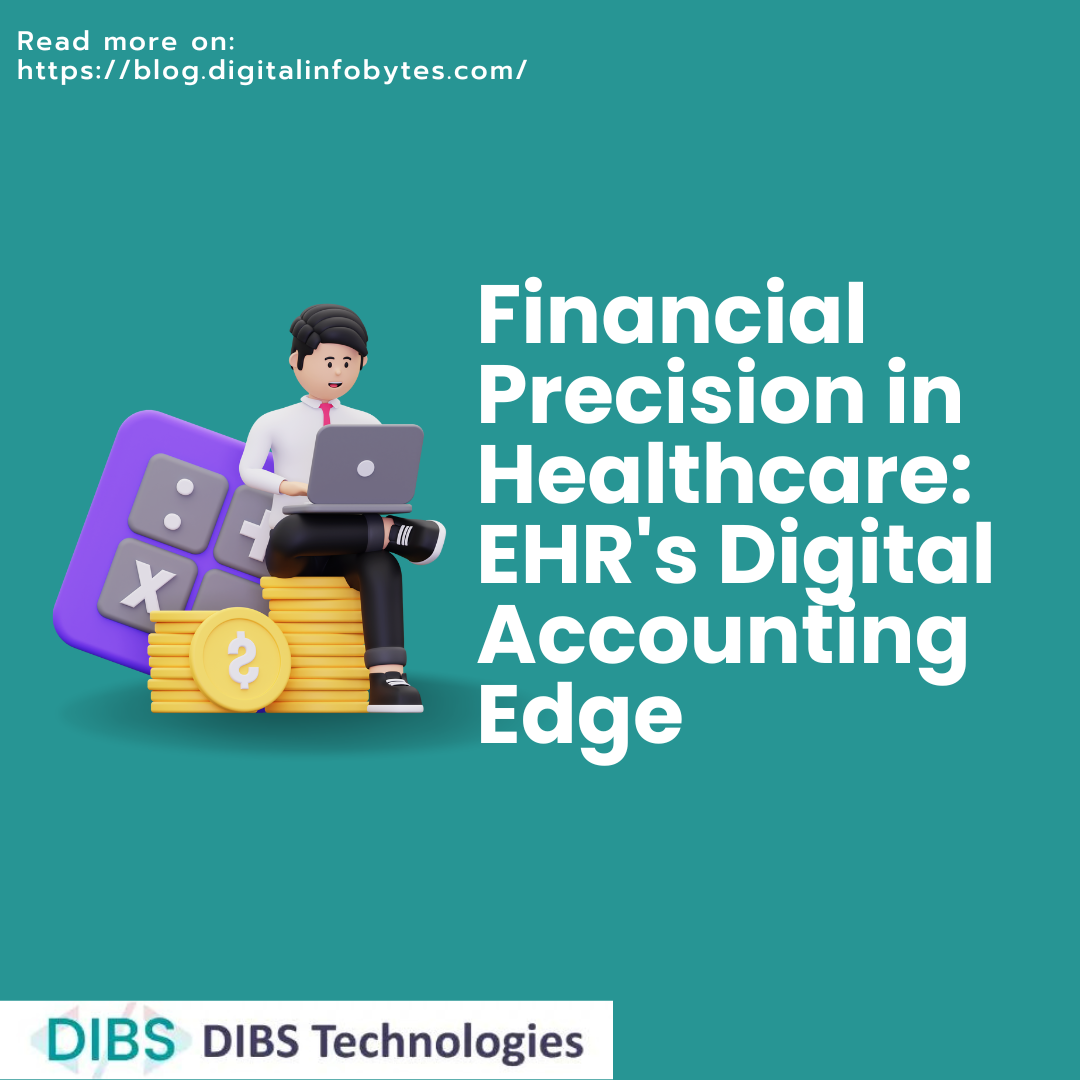In the rapidly evolving landscape of healthcare, the adoption of Electronic Health Records (EHR) has become a cornerstone for efficient and streamlined patient care. As healthcare providers strive to enhance their operations, the integration of digital accounting tools within EHR systems has emerged as a crucial consideration. This blog delves into the intersection of EHR and digital accounting, exploring the importance of comprehensive financial features in healthcare management.
The Evolution of EHR Systems
Electronic Health Records have revolutionized the way healthcare professionals manage patient information. Gone are the days of cumbersome paper records, as EHR systems offer a centralized platform for storing, organizing, and retrieving patient data. The primary focus of these systems has traditionally been on clinical documentation, with an emphasis on improving patient care, reducing errors, and enhancing overall efficiency.
As healthcare practices transitioned to digital record-keeping, the scope of EHR systems expanded beyond clinical functionalities to encompass various aspects of healthcare management. One such critical area is financial management, where the integration of digital accounting tools has become imperative for the success of modern healthcare practices.
The Importance of Digital Accounting in Healthcare
1. Billing and Revenue Cycle Management:
Efficient billing processes are fundamental to the financial health of healthcare organizations. An EHR system with robust digital accounting tools can streamline the billing and revenue cycle management processes. This includes automated charge capture, accurate coding, and timely claim submission, all of which contribute to a more rapid and reliable revenue stream.
2. Expense Tracking and Financial Reporting:
Managing expenses and generating comprehensive financial reports are essential components of effective healthcare administration. Digital accounting tools integrated into EHR systems can track expenses, monitor financial performance, and provide insights through customizable reports. This not only facilitates compliance with financial regulations but also enables informed decision-making.
3. Integration with External Accounting Systems:
Seamless integration with external accounting systems is crucial for maintaining a cohesive financial ecosystem. An EHR that can synchronize data with popular accounting software ensures consistency and accuracy in financial records. This integration minimizes the risk of errors, reduces manual data entry, and enhances the overall efficiency of financial operations.
4. Compliance and Auditing:
Healthcare is a highly regulated industry, and adherence to compliance standards is non-negotiable. Digital accounting tools within EHR systems should incorporate features that support compliance with healthcare regulations and facilitate auditing processes. So, this includes tracking financial transactions, ensuring data security, and generating audit trails for accountability.

Key Features to Look for in EHR Systems for Digital Accounting
1. Billing Automation:
A robust EHR system should offer billing automation features, including charge capture, coding assistance, and automated claims submission. This not only accelerates the billing process but also reduces the likelihood of billing errors that can lead to claim denials and delayed payments.
2. Expense Management:
Digital accounting tools within EHR systems should provide comprehensive expense management functionalities. This includes tracking both fixed and variable expenses, categorizing expenditures, and generating detailed expense reports. An integrated expense management system contributes to better financial planning and resource allocation.
3. Financial Reporting and Analytics:
The ability to generate detailed financial reports and analytics is crucial for strategic decision-making. EHR systems with robust digital accounting tools should offer customizable reporting features, allowing healthcare administrators to gain insights into revenue, expenses, and overall financial performance.
4. Interoperability with Accounting Software:
Seamless integration with external accounting software, such as QuickBooks or Sage, is essential for maintaining consistency across financial records. This integration streamlines data transfer, reduces manual input errors, and ensures that financial information is up-to-date and accurate.
5. Security and Compliance:
Security is paramount in healthcare, especially when dealing with sensitive financial data. EHR systems with digital accounting tools should prioritize data security, offering encryption, access controls, and audit trails. Compliance with industry regulations, such as HIPAA, should be a fundamental aspect of the software.
The Future of EHR and Digital Accounting Integration
As technology continues to advance, the future holds exciting possibilities for the integration of EHR and digital accounting tools. Artificial Intelligence (AI) and machine learning algorithms can play a pivotal role in automating financial processes, predicting revenue trends, and identifying areas for cost optimization. Additionally, blockchain technology may enhance the security and integrity of financial transactions within EHR systems, ensuring transparency and trust.
Conclusion
In conclusion, the integration of digital accounting tools within Electronic Health Records is no longer a luxury but a necessity for healthcare organizations aiming to thrive in today’s complex landscape. The benefits are manifold, from streamlined billing processes to enhanced financial reporting and compliance. As healthcare providers evaluate and upgrade their EHR systems, prioritizing robust digital accounting features is a strategic decision that will undoubtedly contribute to the long-term success and sustainability of their practices.
Talk to our experts and find out more about the latest healthcare technologies. See how the DIBS team can help you improve communication and coordination between healthcare systems, streamline workflows, and enhance patient care.







Leave a Comment